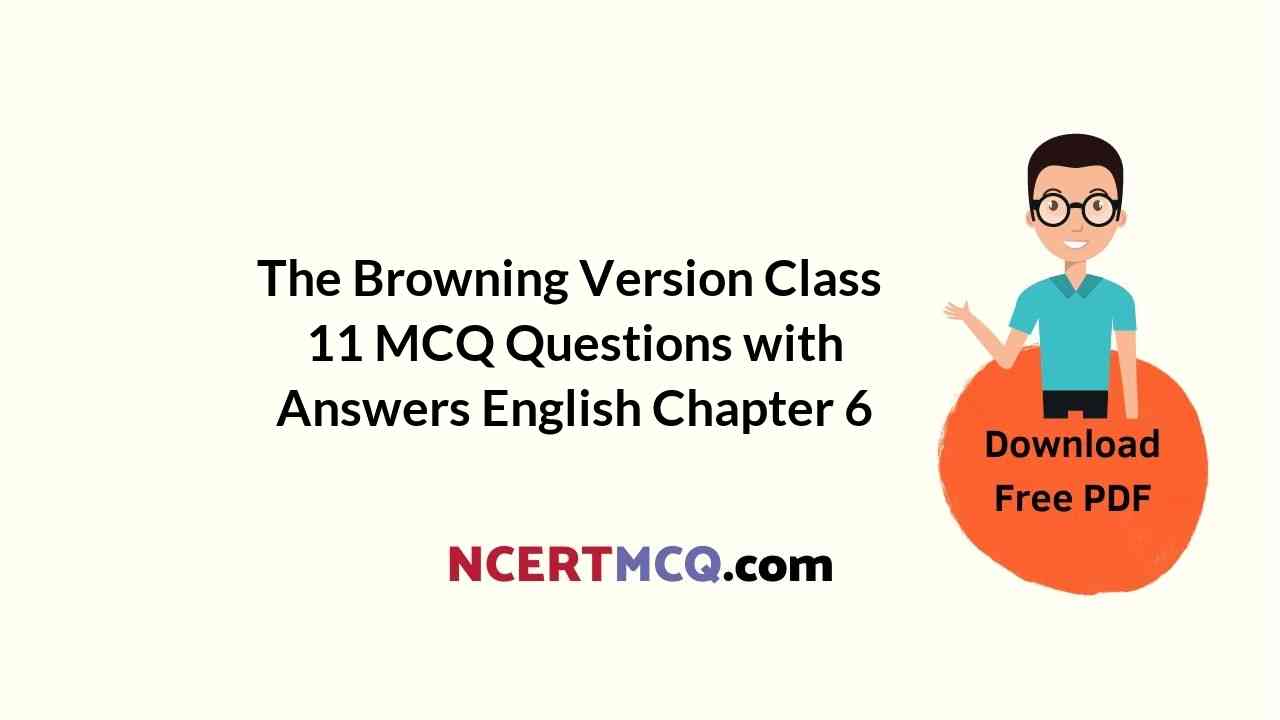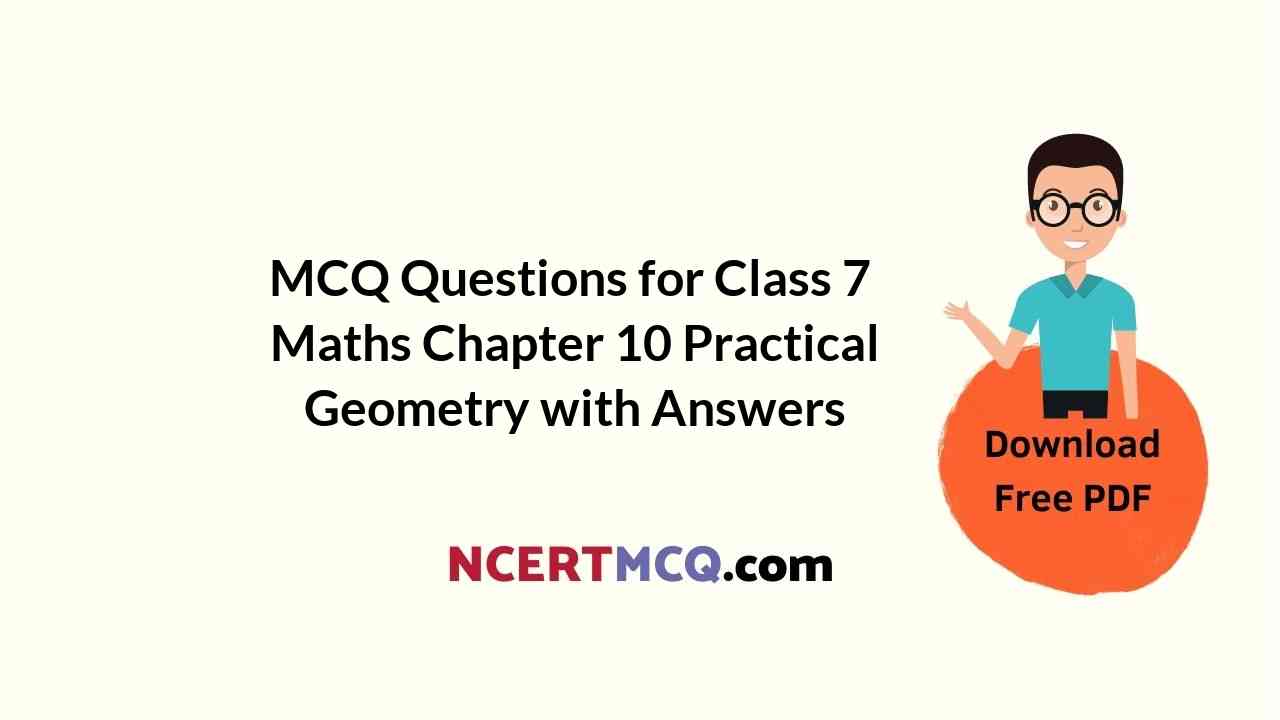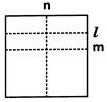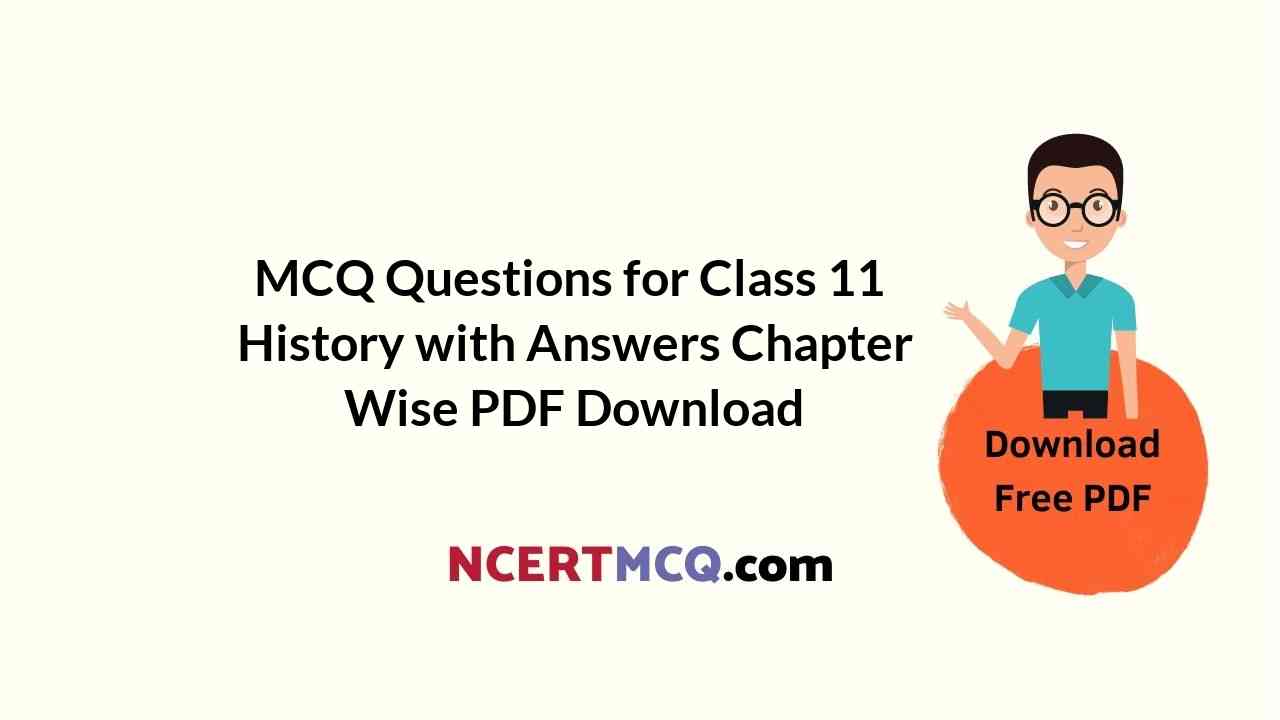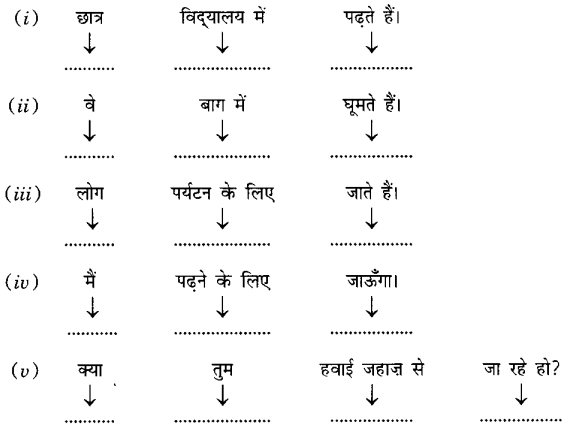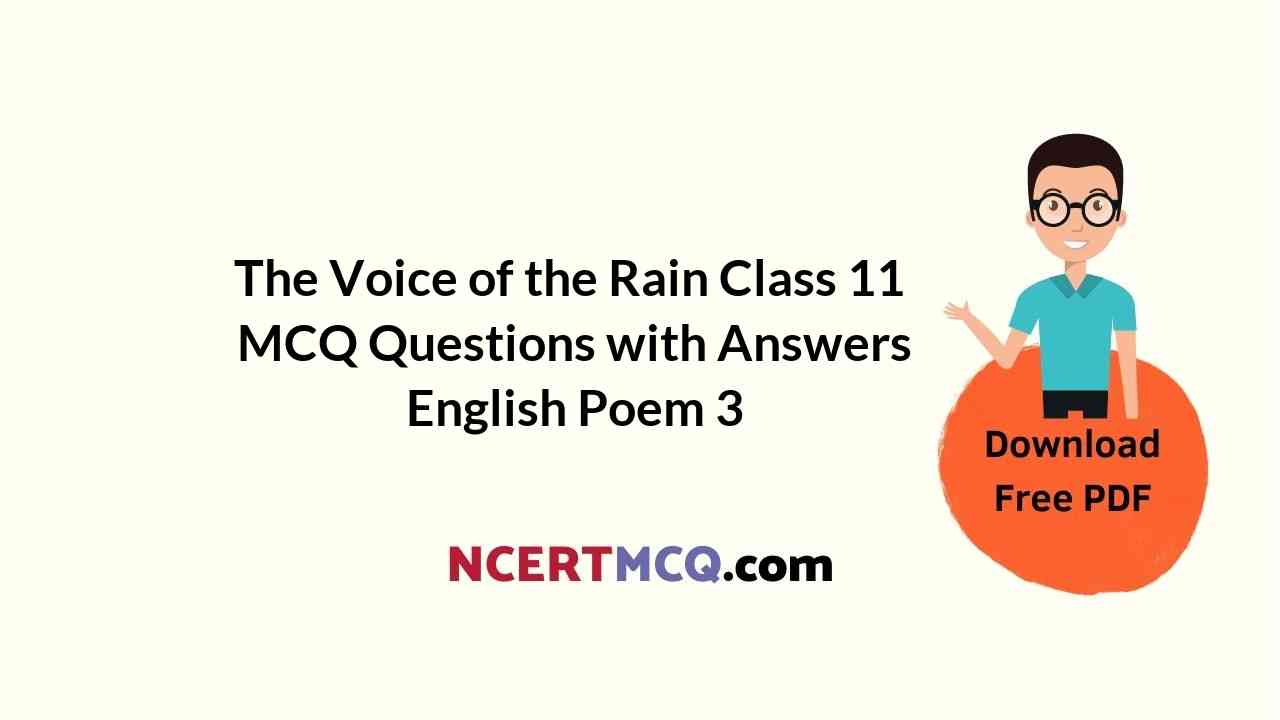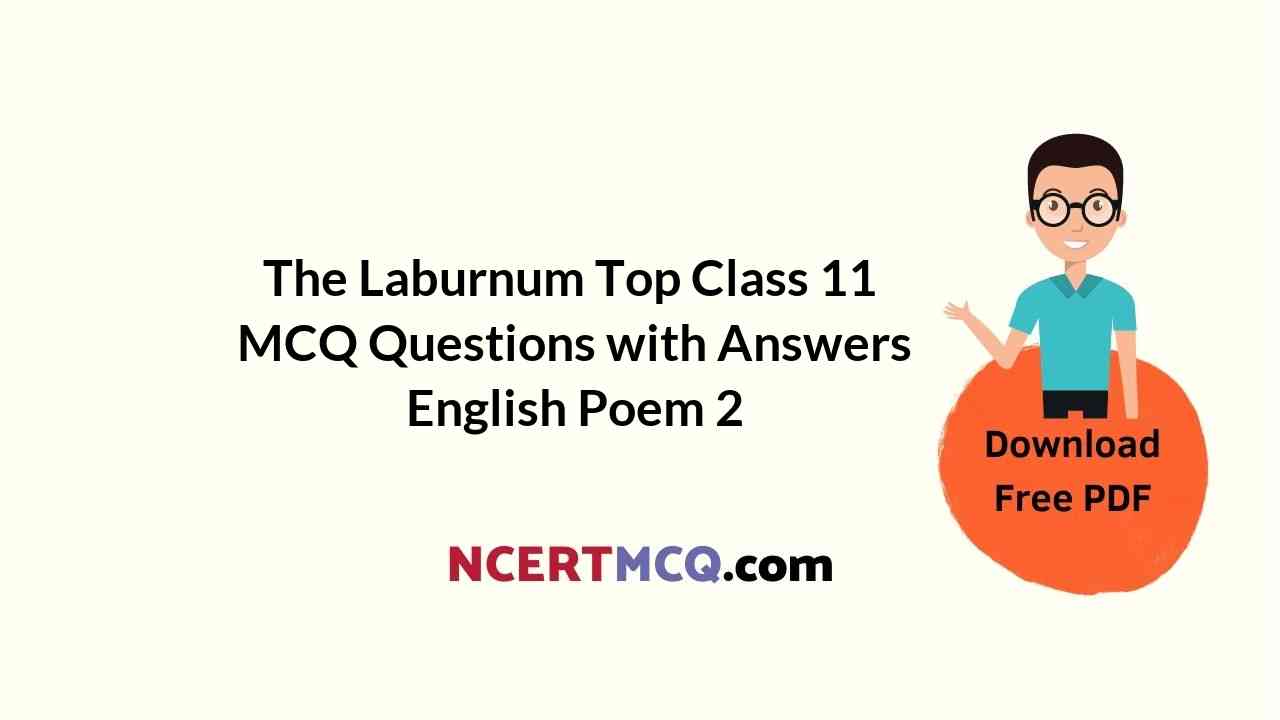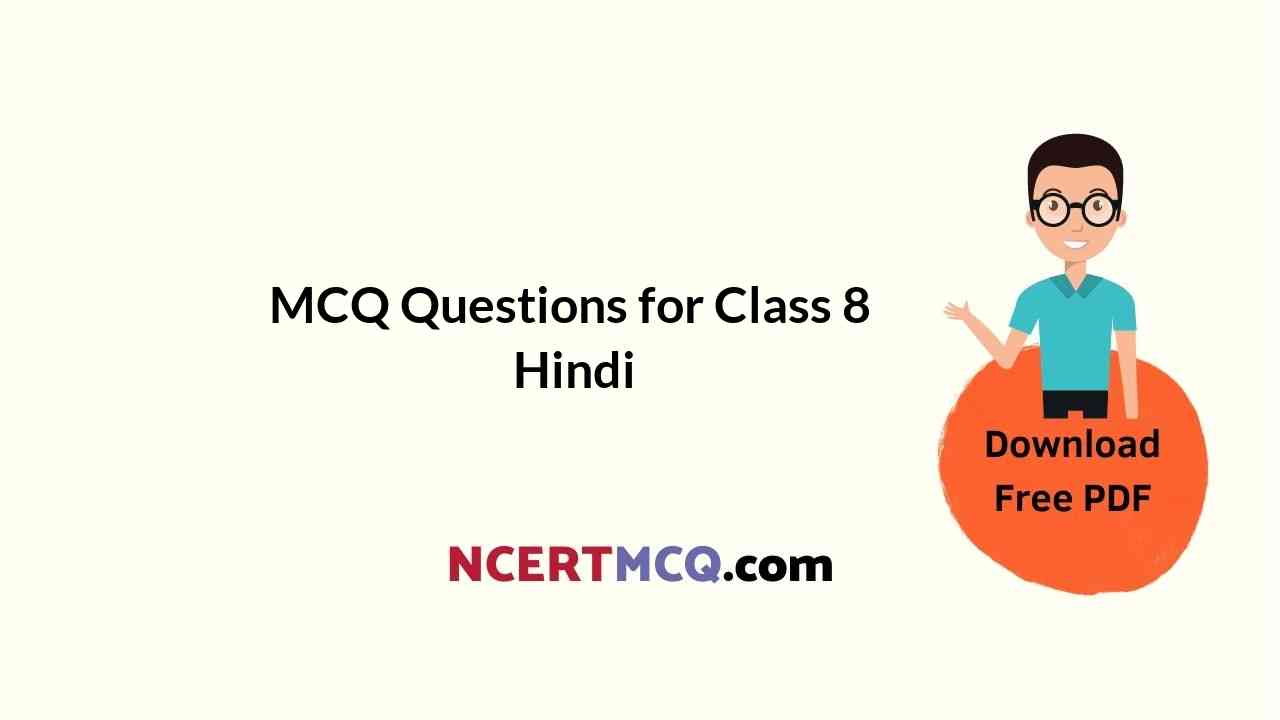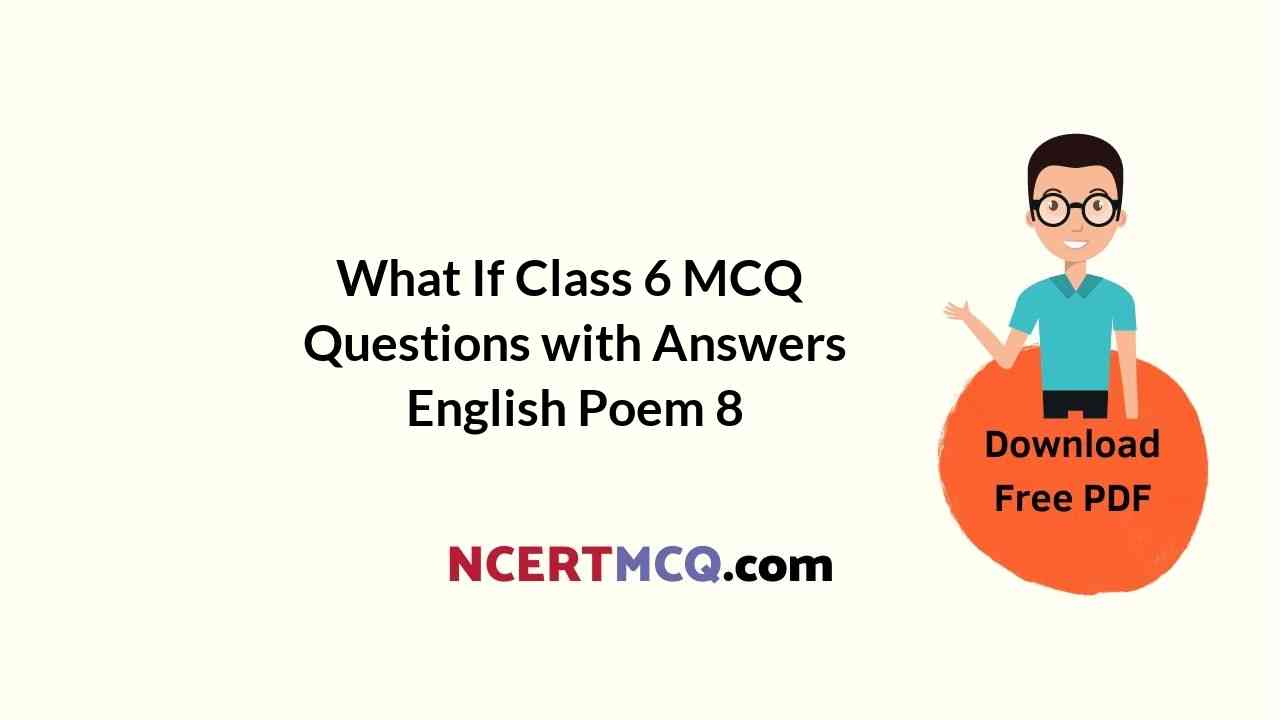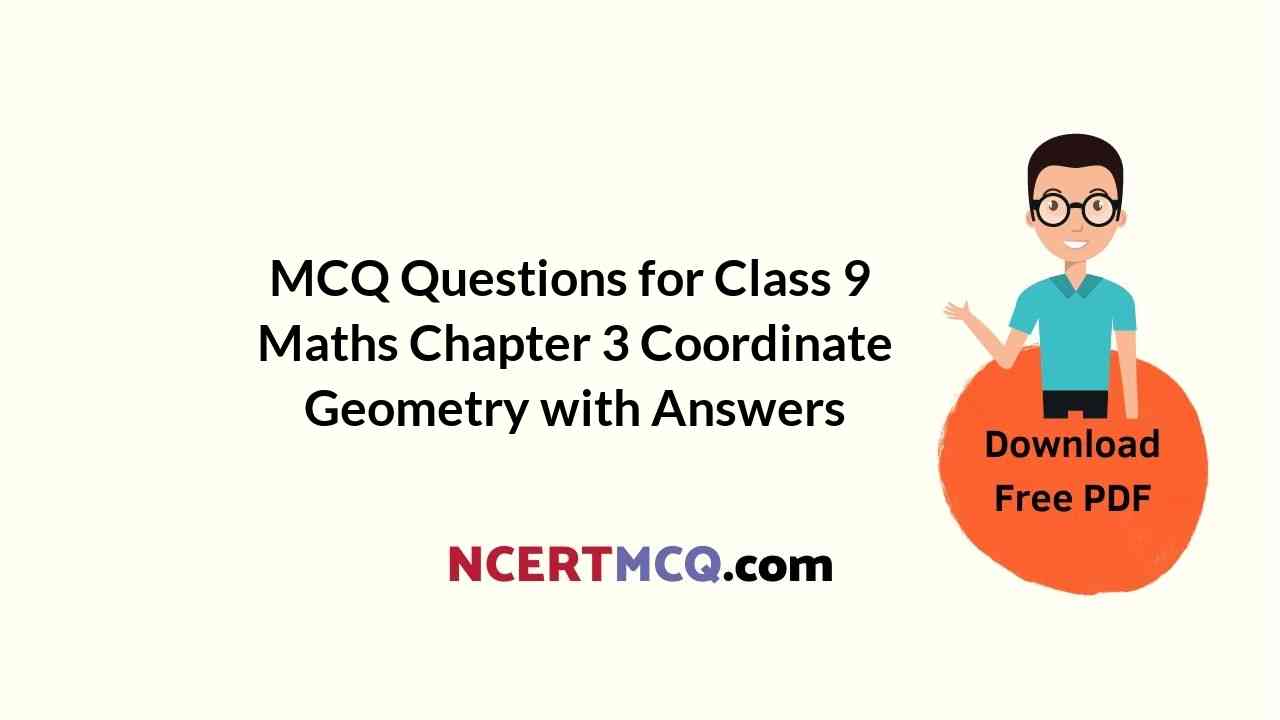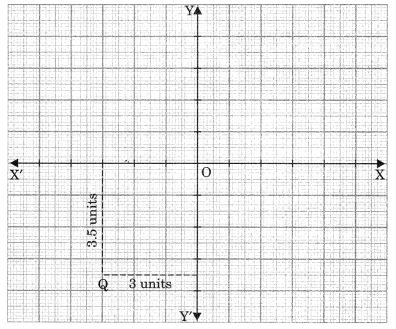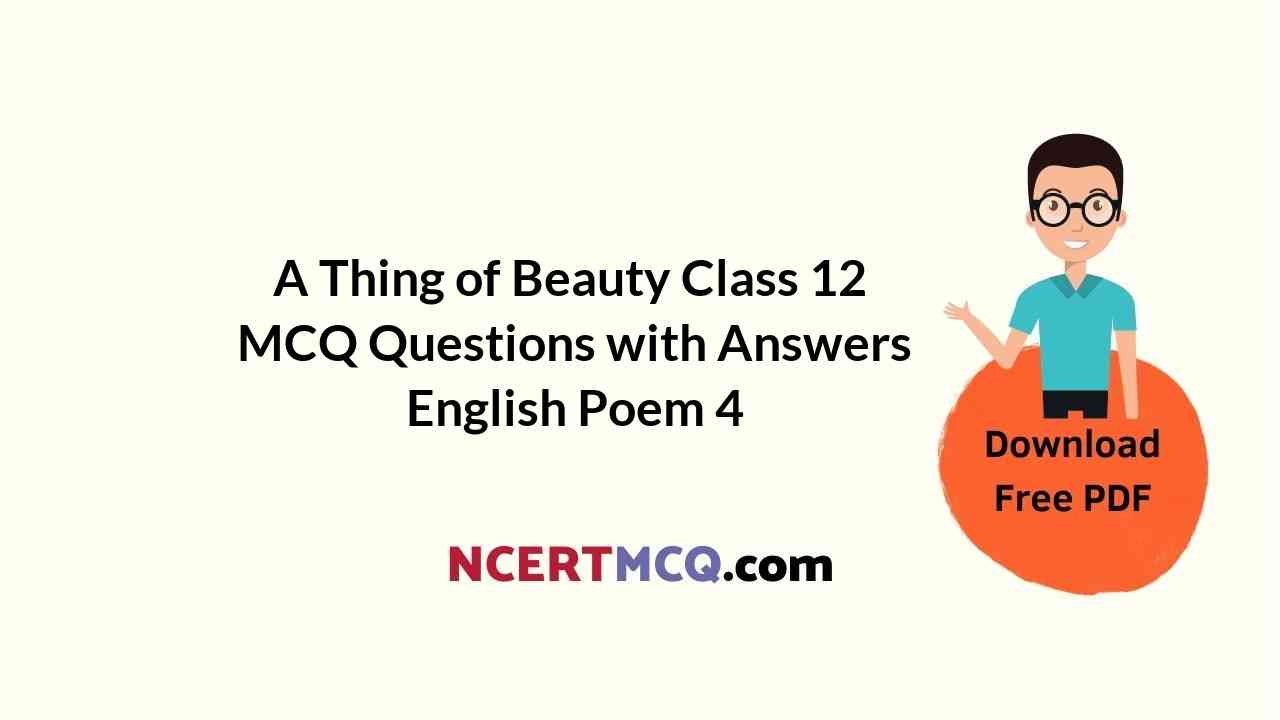Check the below Online Education NCERT MCQ Questions for Class 11 English Hornbill Chapter 6 The Browning Version with Answers Pdf free download. MCQ Questions for Class 11 English with Answers were prepared based on the latest exam pattern. We have provided The Browning Version Class 11 English MCQs Questions with Answers to help students understand the concept very well.
Online Education MCQ Questions for Class 11 English Hornbill Chapter 6 The Browning Version with Answers
The Browning Version Class 11 MCQ Chapter 6 Question 1.
What does ‘Remove’ mean in the chapter?
(a) a division in British Schools
(b) take away something
(c) unfasten
(d) get rid of
Answer
Answer: (a) a division in British Schools
The Browning Version MCQ Chapter 6 Class 11 Question 2.
How did Frank react upon the arrival of Mrs. Crocker – Harris?
(a) he was happy
(b) he was nervous
(c) he was relieved
(d) nothing as such
Answer
Answer: (c) he was relieved
Browning Version MCQ Chapter 6 Class 11 Question 3.
Does Taplow think that Mr. Crocker – Harris is baised?
(a) Yes
(b) no
(c) May be
(d) Can’t Say
Answer
Answer: (b) no
Browning Version Class 11 MCQ Chapter 6 Question 4.
Where was Mr. Crocker – Harris?
(a) At the Bursar’s
(b) At home
(c) At market
(d) At library
Answer
Answer: (a) At the Bursar’s
MCQ Of The Browning Version Chapter 6 Class 11 Question 5.
Why was Taplow worried that Mrs. Crocker – Harris might have heard what they were saying?
(a) as she had been standing for a few minutes when they were busy talking
(b) as she interrupted them talking about his husband
(c) as she heard them talking about Principal
(d) Don’t know
Answer
Answer: (a) as she had been standing for a few minutes when they were busy talking
MCQ Of Browning Version Chapter 6 Class 11 Question 6.
How would you describe Millie Crocker – Harris?
(a) Thin Woman, late thirties, smartly dressed
(b) fat woman, forties
(c) thin woman, in her twenties
(d) thin women, smartly dressed
Answer
Answer: (a) Thin Woman, late thirties, smartly dressed
The Browning Version Class 11 MCQ Questions Chapter 6 Question 7.
What is the name of Mr. Crocker – Harris’s wife?
(a) Millie Crocker – Harris
(b) Miley Crocker – Harris
(c) Haley Crocker – Harris
(d) never noticed
Answer
Answer: (a) Millie Crocker – Harris
The Browning Version MCQs Chapter 6 Question 8.
What short name does Taplow call Mr. Crocker – Harris in his absence?
(a) Crock
(b) Harris
(c) Crocker
(d) Teacher
Answer
Answer: (a) Crock
MCQ Of Browning Version Class 11 Chapter 6 Question 9.
At what time was Mr. Harris supposed to come to school?
(a) Six-thirty
(b) seven
(c) eleven
(d) twelve
Answer
Answer: (a) Six-thirty
MCQ On Browning Version Class 11 Chapter 6 Question 10.
Why did Taplow call Mr. Crocker – Harris ‘Hardly Human’?
(a) because he is a sadist
(b) he is all shriveled up
(c) He is very rude to everyone
(d) he finds peace in failing students
Answer
Answer: (b) he is all shriveled up
MCQ Browning Version Chapter 6 Class 11 Question 11.
Why does Taplow have to do extra work?
(a) because he has missed his previous week due to illness
(b) because he didn’t performed well in his studies
(c) because he was there to help his teacher
(d) because he was called by his teacher
Answer
Answer: (a) because he has missed his previous week due to illness
Browning Version MCQs Chapter 6 Class 11 Question 12.
What was Taplow doing on the last day of school?
(a) Extra Work
(b) Time pass
(c) Can’t say
(d) completing homework
Answer
Answer: (a) Extra Work
We hope the given NCERT MCQ Questions for Class 11 English Hornbill Chapter 6 The Browning Version with Answers Pdf free download will help you. If you have any queries regarding CBSE Class 11 English The Browning Version MCQs Multiple Choice Questions with Answers, drop a comment below and we will get back to you soon.
